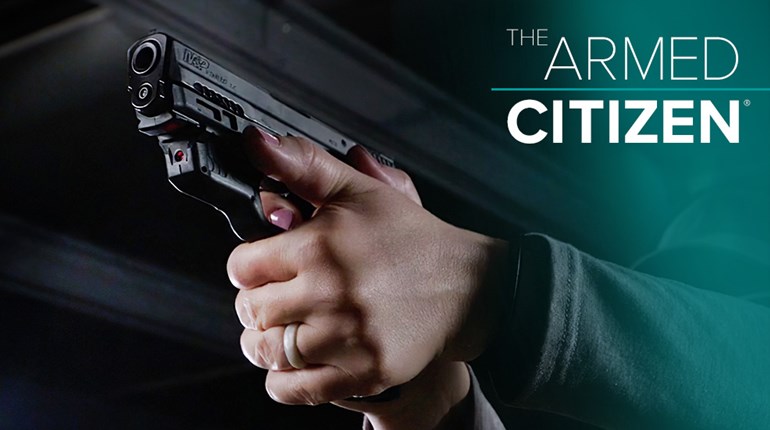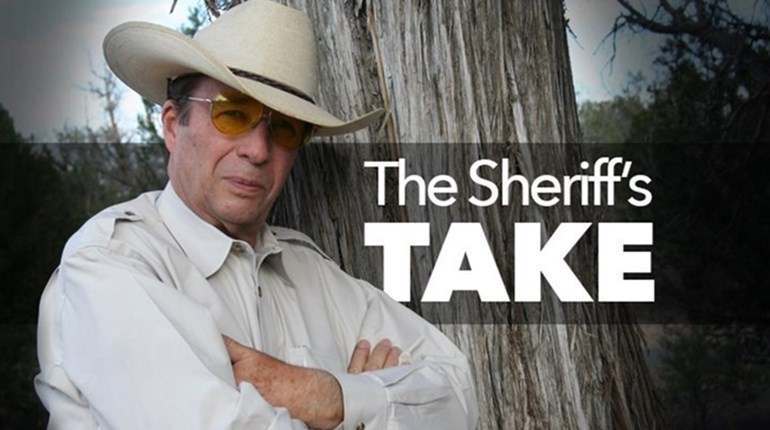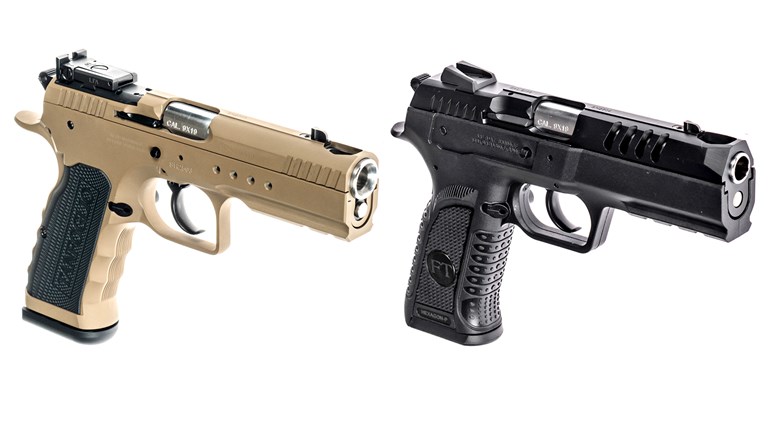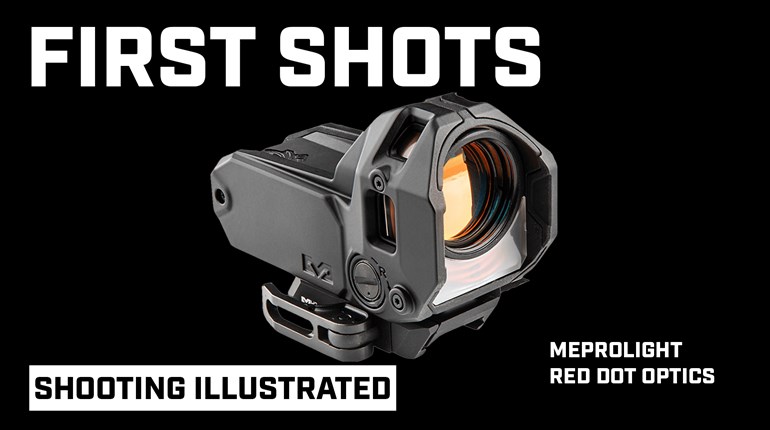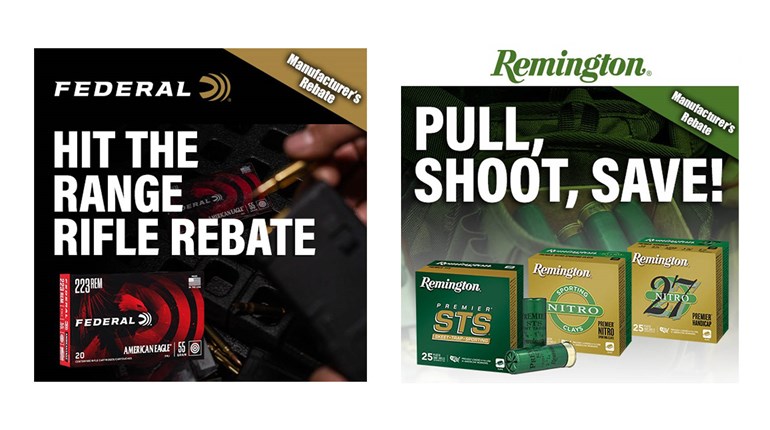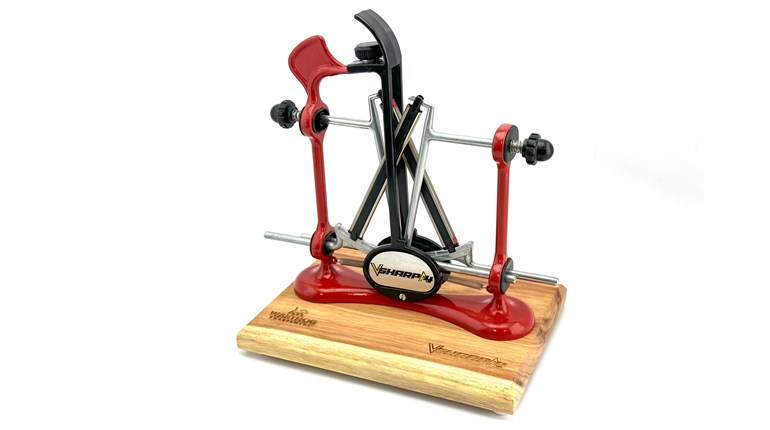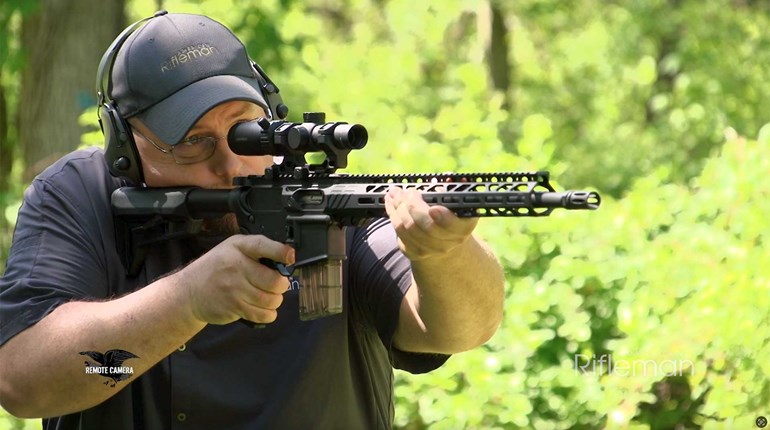
Got a light mounted on your handgun? How about on your carbine? Excellent. Do you train with them at night? Hopefully you have invested sufficient time and resources into live-fire training in low-light/no-light conditions. Another step is to rehearse using these tools in your home environment, so you are prepared if the need arises.
Clear your firearms and go through the house with the lights off. Check for reflective surfaces that may help or hinder you. Make sure the light and the switch are in the best position to give good illumination and be activated with either hand from multiple positions. Smaller lights mounted at the 12-o'clock position on carbines work great. Next best is at the 10- or 2-o'clock positions. Train doing this from multiple directions, such as from the bedroom out, from the upstairs down, from the garage into different parts of the house, etc.
One thing everybody needs to have is a handheld light in addition to the one on the gun. I suggest having several. There is not, to my knowledge, any law that prevents you from hitting somebody in the face with 120 lumens, but pointing a gun at someone, even a potential attacker, is a crime in some jurisdictions—not to mention the danger it poses to non-threats. Also, if I am going to check to make sure my family is still tucked in bed, I prefer to shine a handheld light instead of pointing my light-equipped firearm at them. I think everybody needs that option.
Another situation would be having a detained intruder at gun point, and you need to visually check something. If you can keep one light on the bad guy, you have another to use elsewhere.
Obviously, the last advantage to having both a handheld light and a weaponlight is one will invariably fail at the most critical time, and if you have no light source, you have no way to identify threats. For the armed citizen, target identification is absolutely the number one priority.















